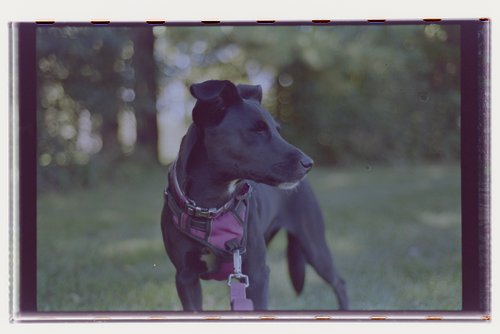A Guide to Understanding Standard Photo Sizes

Standard photo sizes can be quite confusing due to the diverse range of dimensions used in different contexts. This article aims to unravel these complexities, helping you understand and navigate the world of standard photo sizes.
Two Different Standard Photo Sizes for Printing
There are two broad groups of photo dimensions that are commonly used. The first group includes the A-series paper sizes, such as A0, A1, A4, etc., and the second group includes the dimensions typically used by photo labs, including 4×6, 5×7, 8×6, 8×12, 10×13, 10×20, 11×14, 20×20, 16×24, and 20×30.
Below is a comparison chart of the sizes of A-series paper sheets from A0 to A10 format in inches and A1 to A8 format in millimeters:
| Paper Format | Dimensions (in inches) | Dimensions (in millimeters) |
|---|---|---|
| A0 | 33.1 x 46.8 | 841 x 1189 |
| A1 | 23.4 x 33.1 | 594 x 841 |
| A2 | 16.5 x 23.4 | 420 x 594 |
| A3 | 11.7 x 16.5 | 297 x 420 |
| A4 | 8.3 x 11.7 | 210 x 297 |
| A5 | 5.8 x 8.3 | 148 x 210 |
| A6 | 4.1 x 5.8 | 105 x 148 |
| A7 | 2.9 x 4.1 | 74 x 105 |
| A8 | 2.0 x 2.9 | 52 x 74 |
| A9 | 1.5 x 2.0 | 37 x 52 |
| A10 | 1.1 x 1.5 | 26 x 37 |
Origin of Standard Photo Print Sizes
Standard photo lab sizes originated from film photography, specifically 35mm cameras. These cameras produced negatives with a 3:2 width to height ratio, which became the industry standard. Many digital camera companies have since adopted this aspect ratio, although others have developed their own, including 5×7, 8×10, and 11×14.
Standard Photo Print Sizes and Aspect Ratio
The aspect ratio in photography refers to the ratio of the width to the height of an image and plays a vital role in framing and composition. Common aspect ratios include:
- 3:2 for basic printing
- 4:3 for smartphone cameras
- 1:1 for the web, especially Instagram
- 16:9 for video or panorama prints
Here are some examples of these aspect ratios and their corresponding photo sizes:
| Aspect Ratio | Common Corresponding Photo Sizes |
|---|---|
| 3:2 | 4×6, 6×9, 8×12, 10×15, 12×18 |
| 4:3 | 6×8, 9×12, 12×16 |
| 1:1 | Any square size |
| 16:9 | 4×7, 8×14, 12×21 |
Wallet photos are usually 2.5 x 3.5 inches or 2 by 3 inches. That’s similar in size to a business card.
Standard Photo Print Sizes Cheat Sheet
Below is a summary of typical print sizes and their corresponding aspect ratios:
| Print Size (in inches) | Aspect Ratio |
|---|---|
| 4x6 | 3:2 |
| 5x7 | 5:7 |
| 8x10 | 4:5 |
| 11x14 | 11:14 |
| 20x20 | 1:1 |
| 16x24 | 2:3 |
| 20x30 | 2:3 |
Standard Photo Print Sizes and Digital Photography
Most popular digital cameras use sensors with a 3:2 aspect ratio and produce 3:2 images by default. Therefore, cropping will be needed before exporting for printing or posting if a different aspect ratio is desired. Image editing programs such as Adobe Photoshop, Lightroom, or free alternatives like GIMP can assist with this process.
Switching between various aspect ratios can be frustrating. One solution is to deliberately compose shots slightly wider than needed, allowing room for cropping to various aspect ratios later.
Visualizing the Intended Aspect Ratio in Mirrorless Cameras
Some mirrorless cameras offer the capability to specify the intended aspect ratio in the camera menu, enabling better visualization when composing a shot. Unfortunately, this feature is not available in most DSLRs and some mirrorless cameras.
What Is the Best Image Size for Instagram?
For Instagram, square photos cropped between 320×320 pixels and 1080×1080 pixels work well. For portrait orientation, aim for 1080 pixels wide by 1350 pixels high, and for landscape orientation, try to maintain 1080 pixels wide by 608 pixels high. Understanding and using these sizes will ensure your images display optimally on the platform.